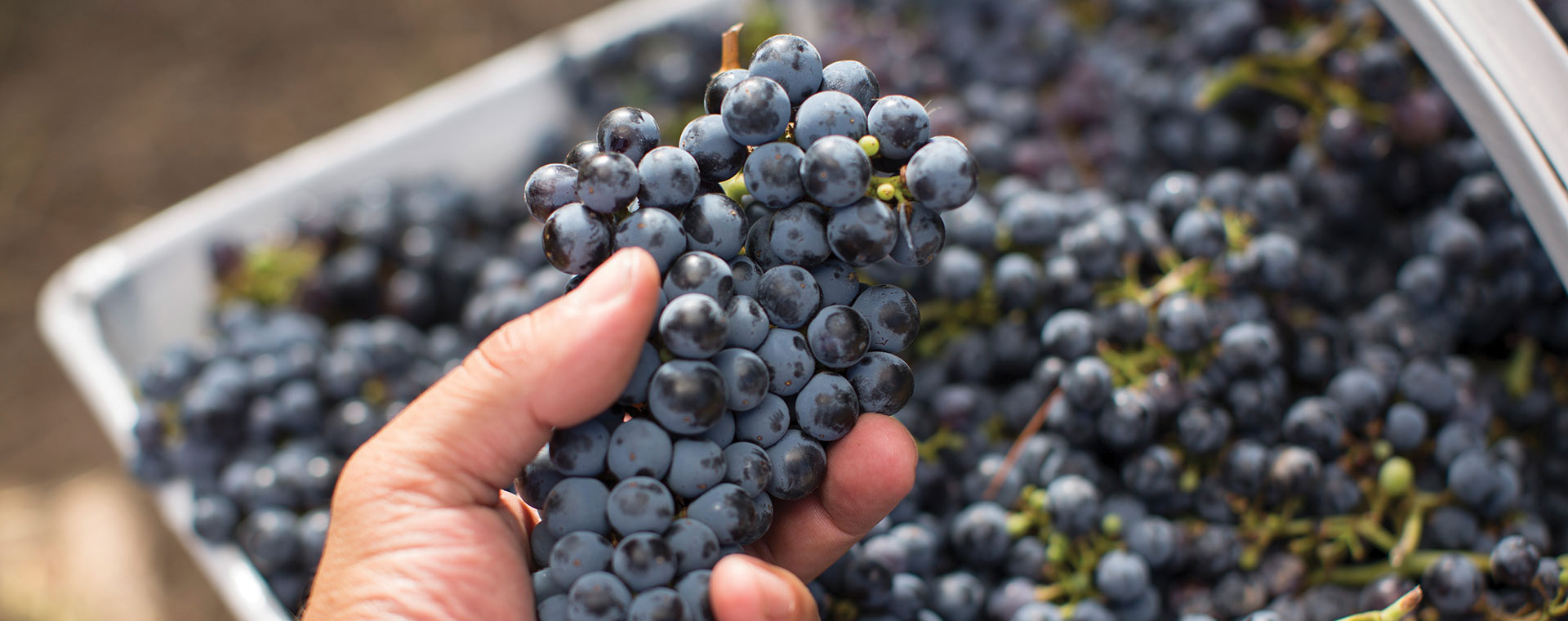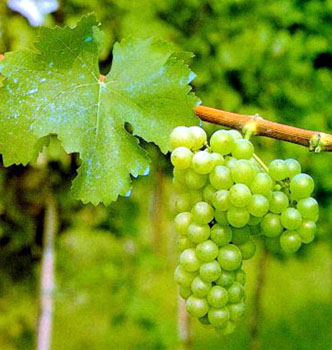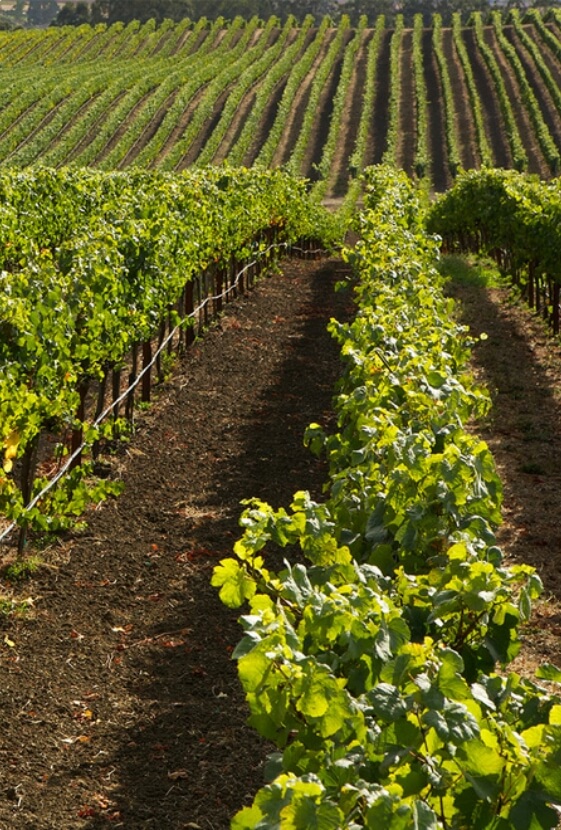
Grape Glossary
Classic Sauvignon Blanc is light-bodied, but vivid on the palate with assertive flavors and aromas. In Bordeaux, under the Bordeaux Blanc and Graves AOCs, Sauvignon Blanc is customarily blended with Sémillon and Muscadelle to add structure and fruit, and sometimes treated to oak contact. In the botrytized white wines of Sauternes it plays a secondary role to Sémillon. Outside of Bordeaux Sauvignon Blanc usually produces a varietal wine, including flinty, mineral examples from the Loire Valley; bright, grassy ones from California; and vibrant, high acid, pungent wines from New Zealand, which has achieved a stylistic benchmark for the variety.
Sauvignon Blanc is a cool climate variety that buds late, ripens early and does not tolerate excessive heat. It requires a long, moderate growing season in order to develop aroma and flavor and preserve acidity. The vine is adaptable to many soil types as long they are not damp or too fertile. It does well in gravel, chalky limestone marl and the unique flinty silex of the eastern Loire. Vigorous and not very prolific, it is highly susceptible to mold, rot and botrytis. In warmer climates, timing of harvest is critical. The berries are high in phenolics, aroma, acid, sugar and potential alcohol. As it ripens, there is a small window of time to harvest when increasing sugar and decreasing acid are in balance, after which acidity drops rapidly.
The vine is native to France and likely specifically to the Loire Valley or Bordeaux. Sauvignon Blanc spontaneously crossed with Cabernet Franc in the 17th century to create Cabernet Sauvignon.

